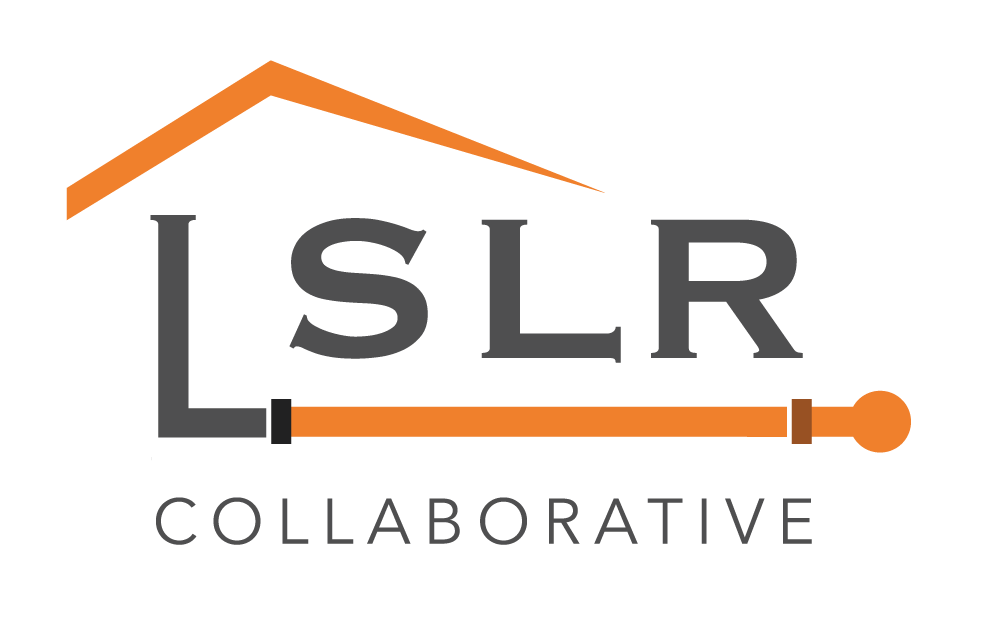|
Emma Cotton
Vermont Digger See the full article. BENNINGTON — Thanks to a one-time, $11 million funding opportunity, Bennington plans to replace about 1,575 lead pipes that carry drinking water into homes, at no cost to residents. Largely in response to the water crisis in Flint, Mich., federal legislators devised the Water Infrastructure Fund Transfer Act, which allows states to transfer money from the Clean Water State Revolving Fund, which is used primarily for infrastructure projects that improve the health of streams and lakes, to the Drinking Water State Revolving Fund. “As far as we know, this is a one-time opportunity to transfer that money,” said Megan Young, drinking water capacity program supervisor at the Vermont Department of Environmental Conservation. “It’s never happened before, and my understanding is there aren’t plans for that moving forward.” The project became official when the state finalized an intended use plan for the two water funds on July 16. Construction will begin in the fall; the work is expected to take several years. Responsibility for the replacements could have otherwise fallen to residents — the pipes are on private property — at a cost between $5,000 and $15,000 per installation. See the full article. Comments are closed.
|
Have a suggestion for an article or blog to add?
Let us know! Type
All
Date
April 2023
|


 RSS Feed
RSS Feed